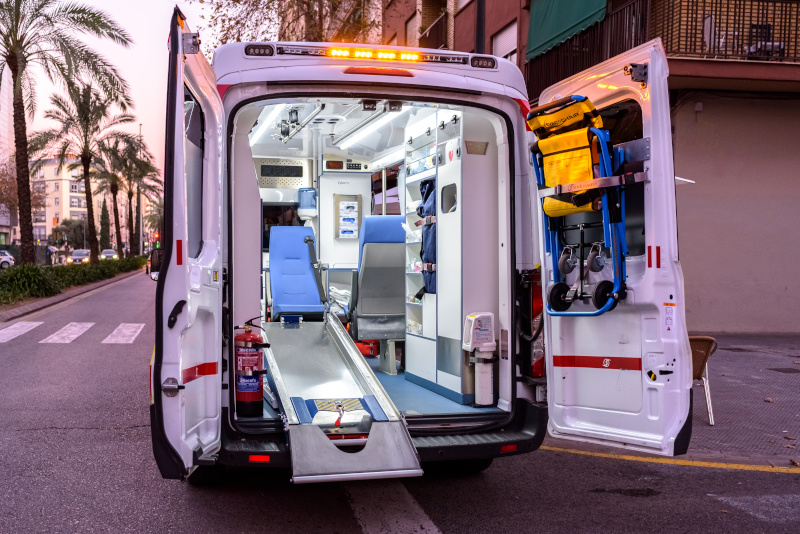
The World of Ambulances: Types and Innovations
An Overview of Different Types of Ambulances in Europe and Their Functionalities
The Diverse Faces of Rescue: Ambulances A, B, and C
The ambulance service is a fundamental pillar of the healthcare emergency system, with ambulances classified into three main categories: Type A, B, and C. Type A ambulances are essential for first aid, ready to intervene in emergency situations with equipment and personnel specific to managing non-serious cases to the most critical. These vehicles are further subdivided based on the level of assistance provided: from basic life support (BLS) to advanced life support (ALS) units, equipped with facilities for more complex treatments and the presence of a doctor on board. Type B ambulances are designed for the safe transportation of patients, while Type C represents the cutting edge of mobile treatment, being equipped as true mobile intensive care units for the most severe cases.
Innovation and Specialization
Within the realm of healthcare emergencies, we find specialized ambulances such as pediatric, air, and maritime ambulances, created to respond to specific needs in particular environments and conditions. This level of specialization ensures that each patient receives appropriate care tailored to the context and severity of the situation, demonstrating the sector’s commitment to innovation and personalized care.
Standards and Regulations
Ambulances operating in Europe must adhere to rigorous standards, defined by a set of regional, national, and European regulations. These standards establish the technical specifications of ambulances, from dimensions to interior fittings, ensuring that each vehicle is optimized to offer the utmost safety and effectiveness in patient rescue and transportation. Regulations also include details on minimum required medical equipment, ensuring that each ambulance is ready to handle a wide range of healthcare emergencies.
Towards the Future of Rescue
The ambulance sector is continuously evolving, driven by the introduction of new technologies and the increasing specialization of rescue units. Future ambulances will be increasingly integrated with emergency systems and equipped with advanced technologies to improve communication and intervention efficiency. This progression not only enhances the effectiveness of rescue but also strengthens the safety of patients and healthcare personnel, outlining a future where healthcare rescue will be even faster, safer, and more personalized.
The world of ambulances is expanding and specializing to best meet the needs of an ever-changing society, with the goal of safeguarding the health and well-being of every individual in emergency situations.
Sources


